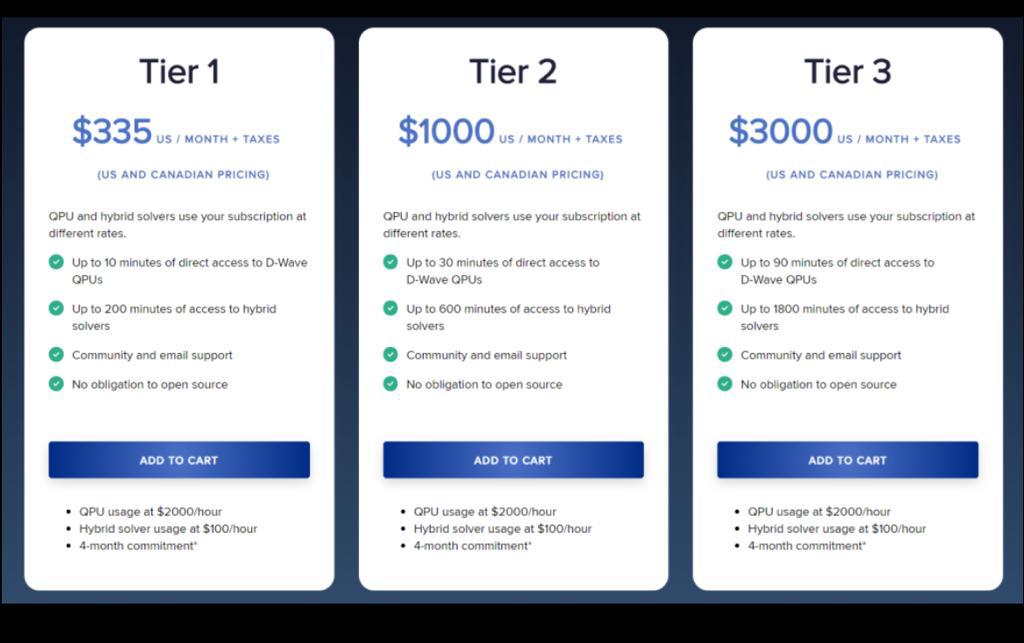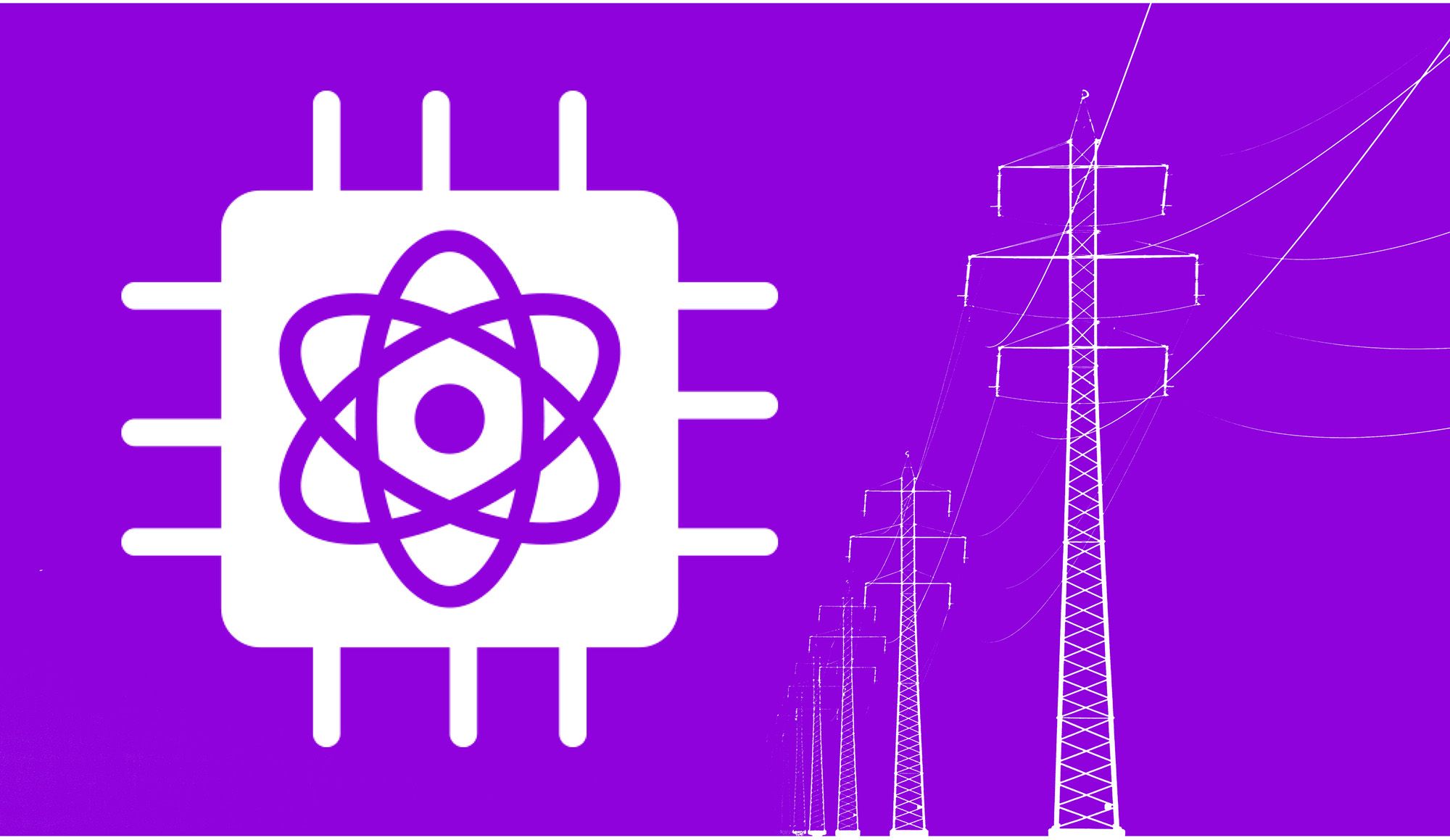The electric power grid is undergoing an unprecedented transformation as a result of the growing proliferation of distributed energy resources (DERs), increased reliance on variable renewable generation, emergence of new types of loads such as electric vehicles (EVs), and more proactive customers. These sweeping changes are heightening efforts to collect data for more accurate system analysis, control, and operation. The enabling component is a strong computational foundation that converts data into actionable information.
Computation has been central to power system management for decades. From the earliest efforts to solve network power flow problems to today’s use of multi-time-scale and multi-dimensional power systems, advanced computation has enabled their implementation. As electric utilities have installed advanced sensors such as smart meters, there is now significantly more data to process.
Now, however, grid operators are collecting and analyzing data to address far greater concerns, including uncertainty. As the power system is increasingly reliant on intermittent renewable generation as well as more intermittent loads, developing forecasts for the state of the system requires different kinds of analytics capabilities. The problem, of course, is that using existing mathematics on more powerful computers is not a practical approach to address such a broad new class of complexities, especially the uncertainties of intermittent renewable generation and the challenges it poses for system forecasting. Meeting the needs of the grid of the future will require new classes of models and algorithms.
The striking processing power of quantum computers provides an opportunity to address many of computational needs of the grid of the future. Examples may include general topics of uncertainty quantification, simulation and analysis, and methods for characterizing and controlling resilience and reliability.
With quantum computing company D-Wave Systems Inc. opening up access to its systems with the free cloud-based Leap IDE, power system engineers, computer scientists,mathematicians and developers can now investigate this technology, thereby solving some of the emerging problems that the grid of the future will bring.
Users can also upgrade their free account for additional time in customizable blocks of Leap “units” for different skill and investment levels. The units can be used for both the QPU and the hybrid solver service:

Please contact us to learn more about how we can work with you on smart energy grids.

Reposted from:









